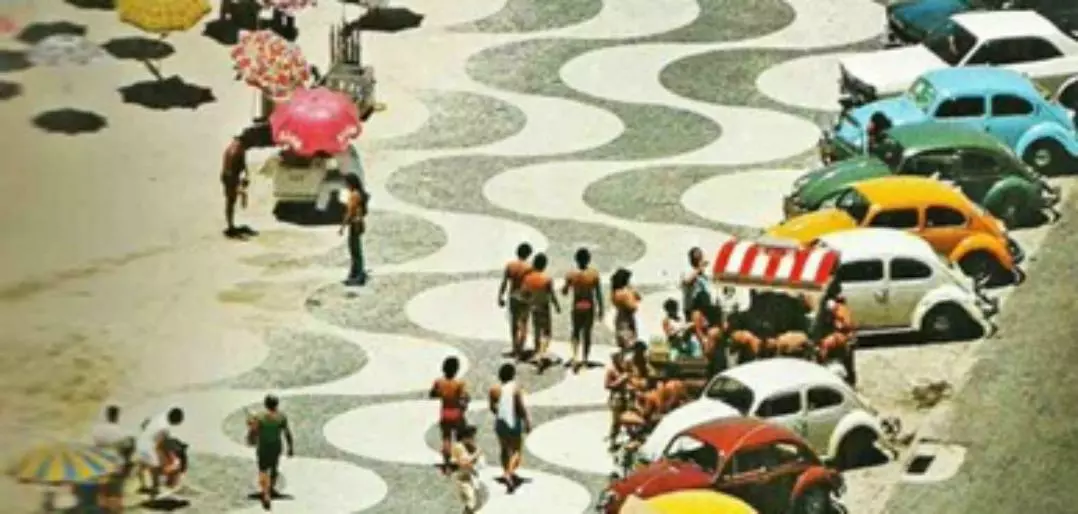Copacabana, the Little Princess of the Sea
When we think of symbols of Rio de Janeiro, one of the first images that comes to mind is the beautiful black-and-white curves that make up the promenade of the city’s most famous beach: Copacabana. This neighborhood in Rio carries an extensive and fascinating history. Come and explore the history of Copacabana!
Copacabana in the 13th to 19th Century
In the early 13th century, the beach was called Sacopenapã (in Tupi, “path of the sacóis,” a common bird in the region). It was inhabited by the Tamoio Indigenous people. Over time, it was occupied by constructions such as the small Copacabana Chapel, which gave the neighborhood its name. In 1918, this chapel was demolished, and the Copacabana Fort was built in its place.
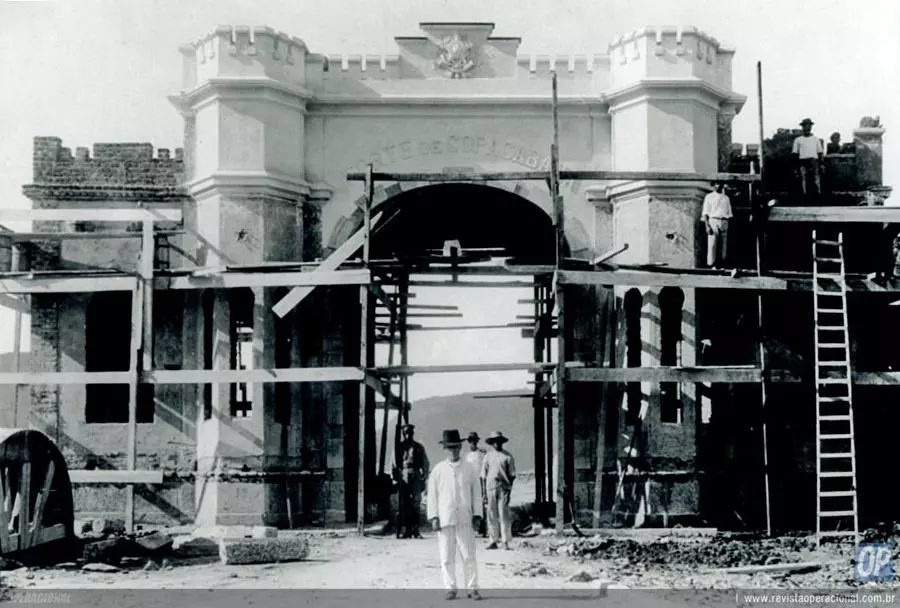
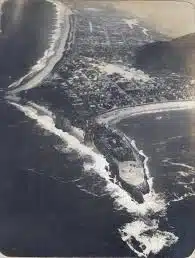 By 1900, this neighborhood was still a small village, with seaside houses and fishing and leisure boats docked on the sand. With the development of basic sanitation techniques, the beaches were cleaned, which significantly increased the area’s value.
By 1900, this neighborhood was still a small village, with seaside houses and fishing and leisure boats docked on the sand. With the development of basic sanitation techniques, the beaches were cleaned, which significantly increased the area’s value.
The main problem, however, was access to the region. Until that point, it could only be reached through small dirt paths and roads, since Copacabana is surrounded by mountains that made transportation difficult. The trip to Copacabana was long, and the neighborhood had very little infrastructure to accommodate residents and visitors.
As part of Rio de Janeiro’s urbanization process, tunnels and roads were built to overcome these natural obstacles. In 1930, the Leme Tunnel (now called Túnel Novo, or “New Tunnel”) was inaugurated, making access easier. A few years later, in 1950, the Botafogo Tunnel (Túnel Velho, or “Old Tunnel”) was opened, connecting central Copacabana to the neighborhood of Botafogo.
With the construction of these tunnels, Copacabana was able to develop more quickly, attracting merchants, investors, residents, and tourists. In a short time, the neighborhood became one of the city’s most important, and real estate values followed the same path. With easier transportation, luxury buildings were erected, and tourism flourished.
When was Copacabana Beach established?
Copacabana Beach has its origins in the early 20th century. During that time, the beach was much wider, and the government undertook a land reclamation project to extend the sandy area, which led to the creation of the famous promenade.
This neighborhood, located in Rio de Janeiro’s South Zone, is known for its diverse architectural styles. Here, you can find Art Deco buildings, such as the Copacabana Palace, alongside modern and luxurious constructions. A highlight of the area is the Copacabana promenade, designed by Roberto Burle Marx, which features beautiful Portuguese stone mosaics that resemble ocean waves.

Even today, the vertical growth of Copacabana is a hot topic. With the rise of tall buildings, the quality of air and natural light has been affected.
The landscape of Copacabana reflects the neighborhood’s cultural diversity very well: modern, classic, cosmopolitan, and traditional. Much of its historical architecture is preserved, even though there is constant debate about balancing modernization and preservation, especially when older buildings are renovated or replaced with newer ones. That’s why we often say Copacabana is the neighborhood where past and present are constantly meeting.
Copacabana’s Carnival and Political Legacy
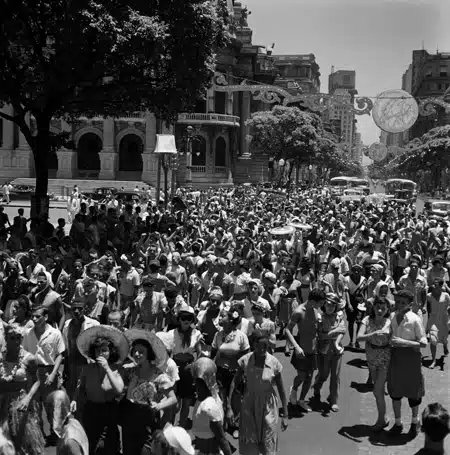
When we talk about Copacabana’s history, we find many important moments in its collective memory. In the 1950s, Carnival grew, with large street parades and parties, giving the neighborhood recognition and turning it into a hotspot for events during that season. In the following decades, during Brazil’s Military Dictatorship, Copacabana, like other neighborhoods, became the stage for many protests and student and intellectual movements. It was a gathering place for those who opposed the military regime and political repression.
Copacabana’s New Year’s Eve and Transformation
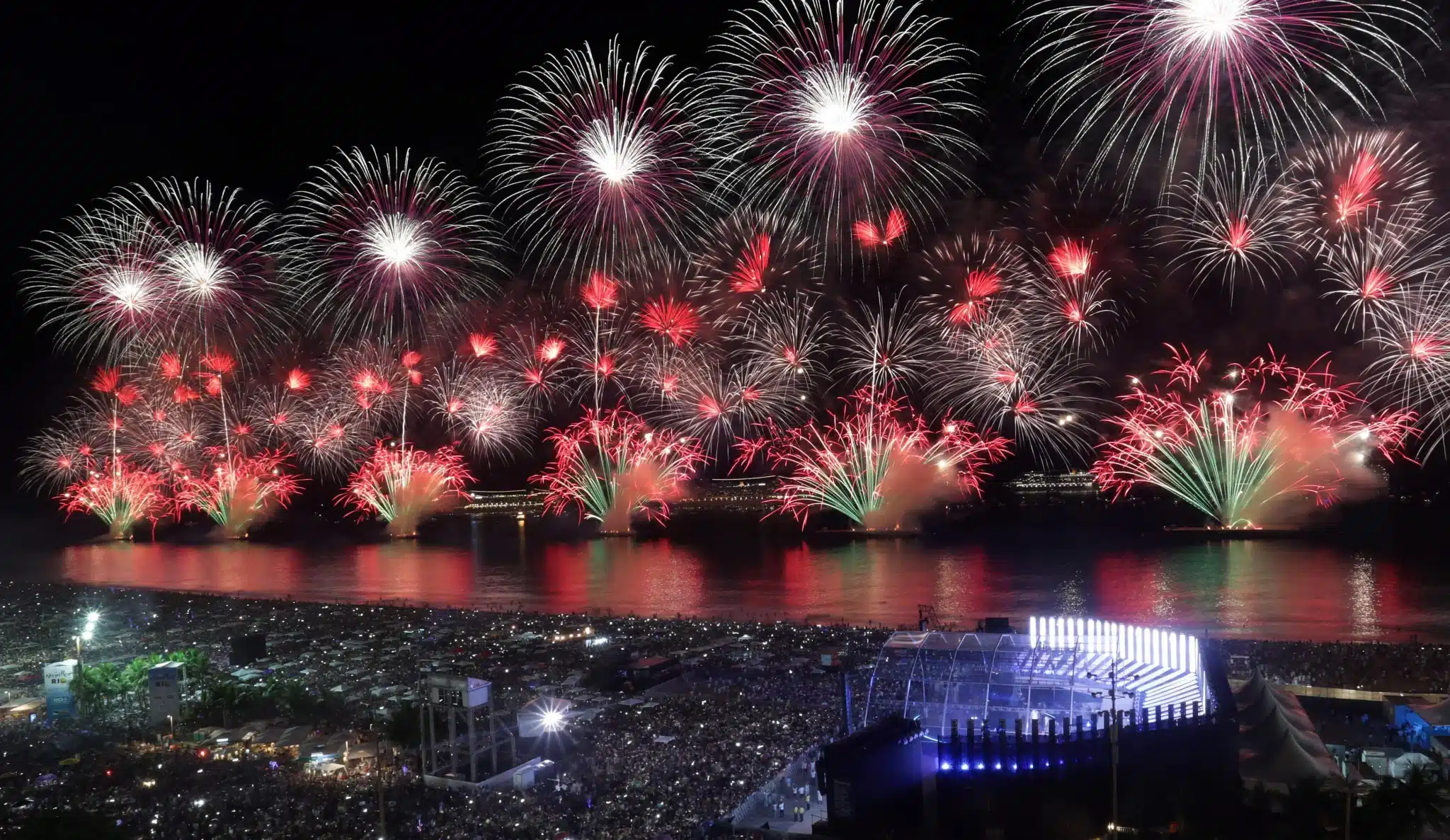
From the 1980s onward, the neighborhood gained another reason to make headlines: the Copacabana New Year’s Eve. The famous fireworks display on the beach attracts millions of people every year and has become a tradition that continues to draw tourists from all over the world.
And, of course, not everything is perfect. With rising property values also came a process of gentrification. Between the 1990s and 2000s, many residents had to leave due to skyrocketing real estate prices. Tourism growth led to the construction of new hotels and modernization of the neighborhood’s infrastructure.
Today, the neighborhood faces challenges related to public safety and environmental preservation.
One of Rio’s greatest symbols and a true Brazilian postcard image, Copacabana is a world-renowned tourist destination. With so much beauty and cultural diversity, it’s impossible not to love the Little Princess of the Sea.
Caminhos Language Centre is the largest and most exciting Portuguese school in Rio de Janeiro, Brazil. We have an excellent infrastructure, over 15 experienced Brazilian teachers, and a friendly multilingual support staff. We are the only school in Brazil able to offer Portuguese group courses throughout the year on 10 different levels. Moreover, our school also offers more than just Portuguese lessons for foreigners, we offer you the complete Rio de Janeiro experience. Every day we organize 100% free and fun activities for you to socialize and practice your Portuguese. We can also help you with a student visa for Brazil and accommodation in Rio de Janeiro. Follow us on Instagram for some Portuguese tips and news.


 Deutsch
Deutsch Français
Français Português
Português Español
Español